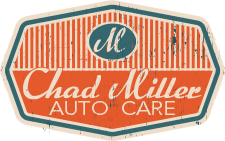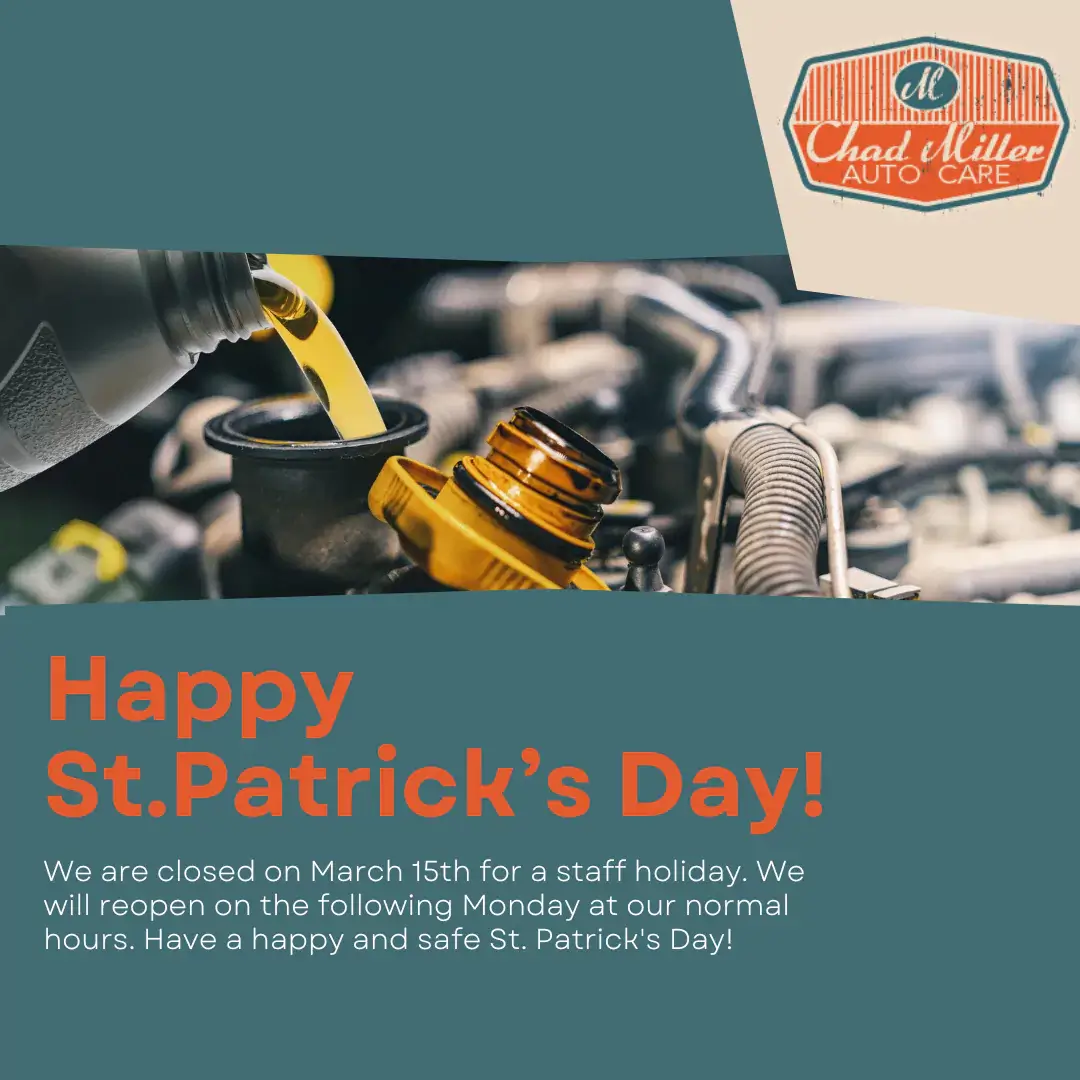WHAT THE HECK IS A…Differential?
To know what the heck a differential IS, we must first explore what the heck a differential IS NOT. A differential is not:
- A device that allows a vehicle to physically change between 3 different models
- A new flavor of Cheetos
- The sum of two ducks divided by the square root of your next-door neighbor’s front lawn gnome
- A commonly used acronym for Driving Is For Fearless Entrepreneurs Renting Every National Treasure In Alabama Libraries

It’s simple math.
So…what the heck is it, then?
A differential is a set of gears that transfers the engine’s power to the wheels, allowing each wheel to rotate at a different speed.

Vehicles are either front-wheel, rear-wheel, or four-wheel drive. That means that the engine’s power is transferred to either the front, rear, or all 4 wheels to move the vehicle. Because not every road is a straight line, vehicles need to be able to make turns. When they make turns, each wheel has a different distance/speed to travel. The differential allows for that to happen without damaging the wheels or the drivetrain.
What Does It Look Like?
There are different types of differentials, but I’m only going to address the simplest type: the open differential.
The open differential consists of several gears:
- Input pinion
- Ring gear
- Pinion or spider gears
- Side gears
- Cage (houses all of it)

If the vehicle has front-wheel drive, the differential is located between the 2 front wheels, and is usually housed with the transmission. The transmission lubricant also lubricates the differential in this setup.
If the vehicle has rear-wheel drive, the differential is located between the 2 rear wheels, and usually has its own housing and oil. The differential oil needs to be changed every 30-50,000 miles.
If the vehicle has 4-wheel drive, there are 3 differentials—one in the front, one in the back, and a central one located on the drive shaft. The central differential is normally referred to as the transfer case.
How Does It Work?
- The engine’s torque rotates the input pinon because the input pinion is connected to the drive shaft. The input pinion interlocks with the ring gear, so when it rotates, so does the ring gear/cage.
- When the drive wheels are moving in a straight line, a.k.a. NOT TURNING, the wheels are rotating at the same speed. The ring gear and cage are the only things that are rotating.
- When the drive wheels are turning, a.k.a. TURNING, the outer wheel is rotating faster than the inner wheel. The side gears and spider gears are rotating within the cage at a different rate than the ring gear and cage, which allows the outer and inner wheels to rotate at different speeds.
If you have about 8 minutes to spare and want to see the basic mechanics of a differential in action, check out this video I found on Wikipedia.
Common Problems
Some common problems with differentials are:
- Worn out or warped components
- Misaligned gears
- Lubricant leaks
- Failure to change lubricant
All of those things can lead to failure, which can damage the wheels and drivetrain, and leave you stranded. If you see a leak from the differential area or hear any strange noises, it is best to take your vehicle to your local, friendly mechanic.
So, there you have it. Now you know what a differential is NOT, what it IS, and how it works. Did you get the solution to the math problem at the beginning? No? It’s a slice of apple pie.

Math is sometimes delicious.
Tell me what other automotive parts baffle you. I’ll tell you what the heck they are!



Leave a Reply